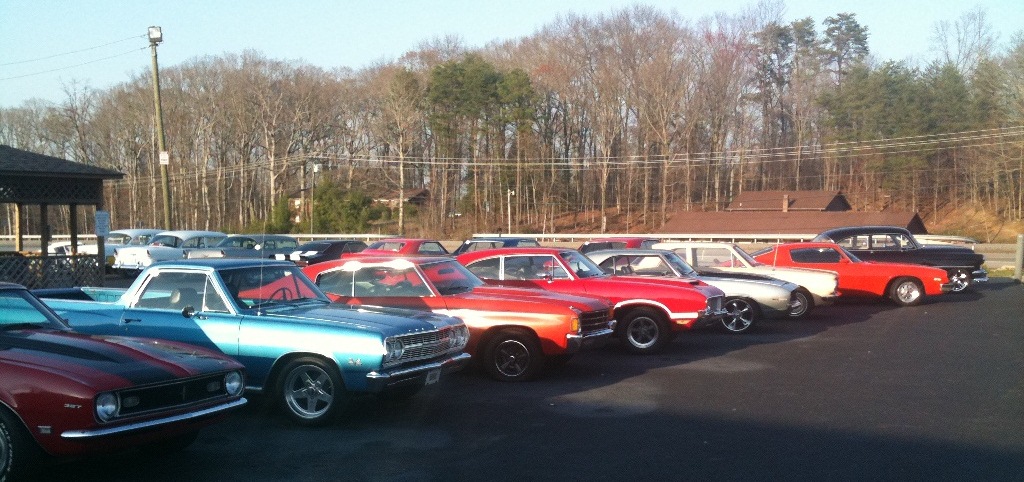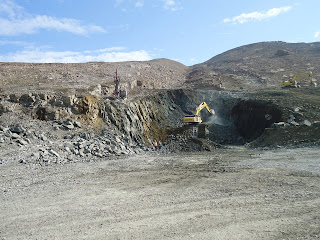Saturday morning looking outside my bedroom window the temperature had dropped, this was the reason why.
a few tense moments at the site this week as we had a visit from an iceberg that has been lurking in the waters of Strathcona Sound for about a month now. I was so far away when I arrived that it looked only like a speck on the distant shore. It started to move about 3 days before it arrived on our shores. Because there is little in terms of objects that give some perspective to distances it was upon us with frightening speed.
This is a section of the wharf under repair and the most vulnerable which received the most damage.
This is the section which received the brunt of the force and it is the section that is mostly complete and therefore did not sustain any damage. The piece of ice you see was the iceberg giving up part of it's size to the collision. As the iceberg moved on it's way it started to lose some other pieces presumably as a result of the collision with the wharf.
This what the iceberg looked like from a distance with some objects around to give a better idea of the size. This iceberg is not large by any stretch and is actually on the smaller size of what is possible to encounter. A few years ago a couple of my coworkers were up here doing a Geotechnical investigation in support of designing this project. It involved drilling a borehole from a barge some 75 feet offshore of the wharf. Because it can get very cold when it is windy they had built a temporary wall to shield them from the wind which also blocked their view of a seemingly stationary iceberg. Once these icebergs break loose of being grounded they can gain speed very quickly if conditions are right. Long story short they had to jump into the small boat they were using to get on and off the barge abandoning the drill rig and barge. The iceberg did miss the barge but grabbed one of the four anchors holding it in place and dragged it almost a kilometer before breaking the line.
Here is the iceberg dying a safe distance away grounded. The ship in the distance is sending in barges full of supplies this is called a sealift.















































